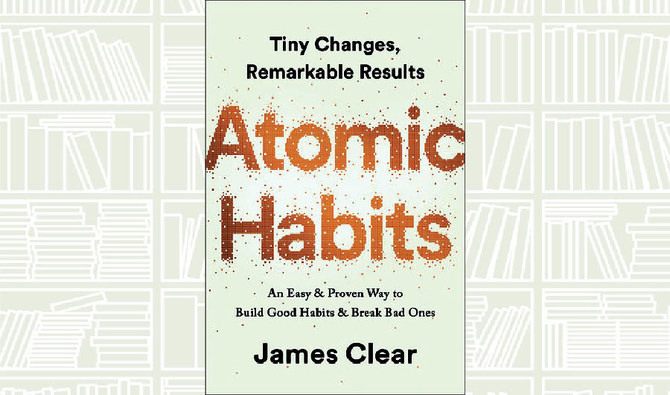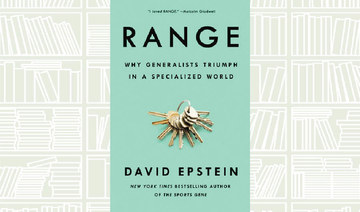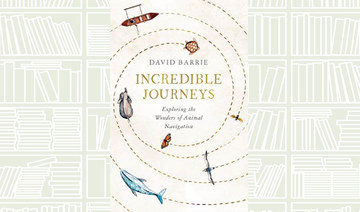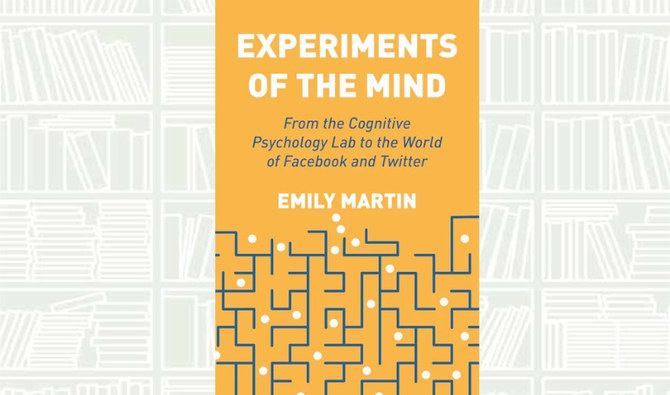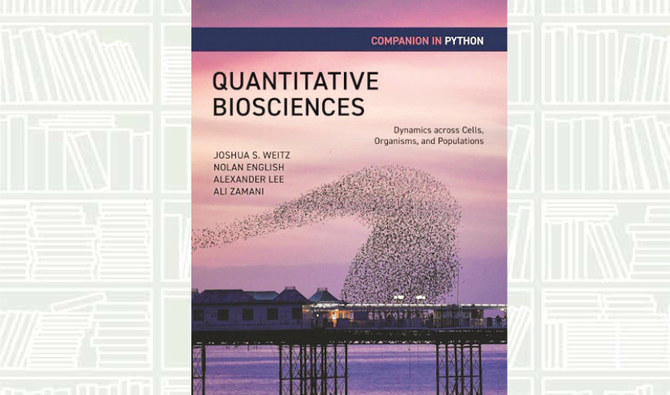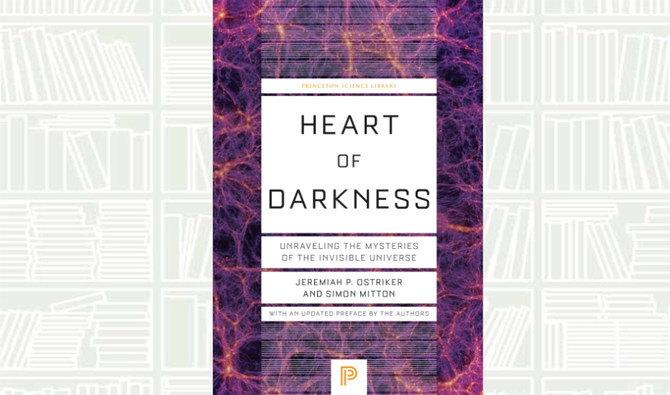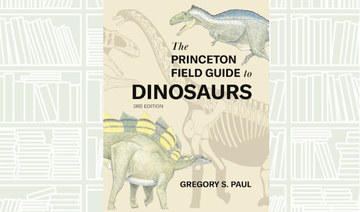No matter your goals, Atomic Habits offers a proven framework for improving — every day, says a review published on goodreads.com.
The New York Times bestseller reveals practical strategies that will teach you exactly how to form good habits.
If you are having trouble changing your habits, the problem is not you. The problem is your system. Bad habits repeat themselves again and again not because you do not want to change, but because you have the wrong system for change. You do not rise to the level of your goals. You fall to the level of your systems.
Clear is known for his ability to distill complex topics into simple behaviors that can be easily applied to daily life and work. Here, he draws on the most proven ideas from biology, psychology, and neuroscience to create a guide for making good habits inevitable and bad habits impossible.
Along the way, readers will be inspired with true stories from Olympic gold medalists, award-winning artists and business leaders who have used the science of small habits to master their craft and vault to the top of their field.



